Lunar Apocalypse: What would happen if the Moon disappeared?
16th Jun 2023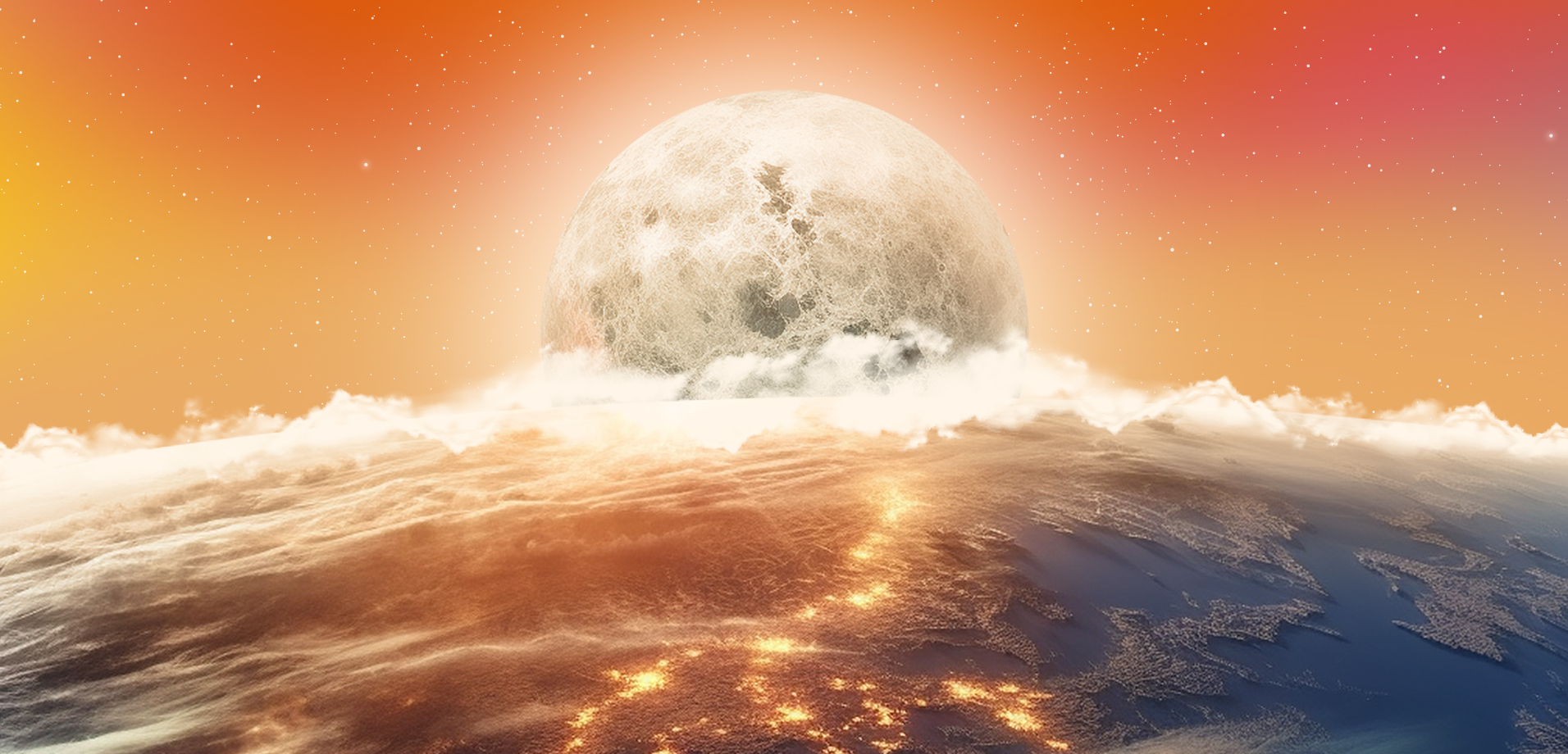
We got used to considering the Moon as an object of admiration, a companion of romantic dates. But we shouldn’t forget that the Moon is a celestial body, the Earth’s natural satellite, so it directly affects life on the planet. What would happen if the Moon disappeared? Let’s find out what consequences await the Earth if this happens.
Why do we have a Moon?
The Moon has always intrigued mankind. In ancient times, many considered it a deity to be worshipped. Today we know that the Moon is the only natural satellite of our planet. It’s about the same age (about 4.5 billion years), and is the second-brightest cosmic object, after the Sun, that we see from Earth.
So, the Moon has always been with the Earth, but where did it come from? This question has intrigued scientists of all generations, but no one can give a definite answer yet. The most common hypothesis is that Earth collided with a large planet called Theia, as a result of which the cores of the planets merged, and the Moon was formed from the debris. But there are other versions:
- Due to the Earth’s rapid rotation, a piece of matter separated from it, and the satellite was eventually formed.
- The Moon existed in space by itself, but at the moment of passing by the Earth, it was captured by its gravitational field and became a satellite.
- The Moon was formed similarly to the Earth, at about the same time, and they were simply close to each other.
- There was an evaporation of molten substances from the planet, which cooled down in Space and formed the Moon.
- The Earth’s gravitational field captured many small moons, which eventually collided and merged into one.
Whatever the truth, the Moon exists, and has been Earth’s neighbour for 4.5 billion years. But can it disappear?
Can we actually lose the Moon?
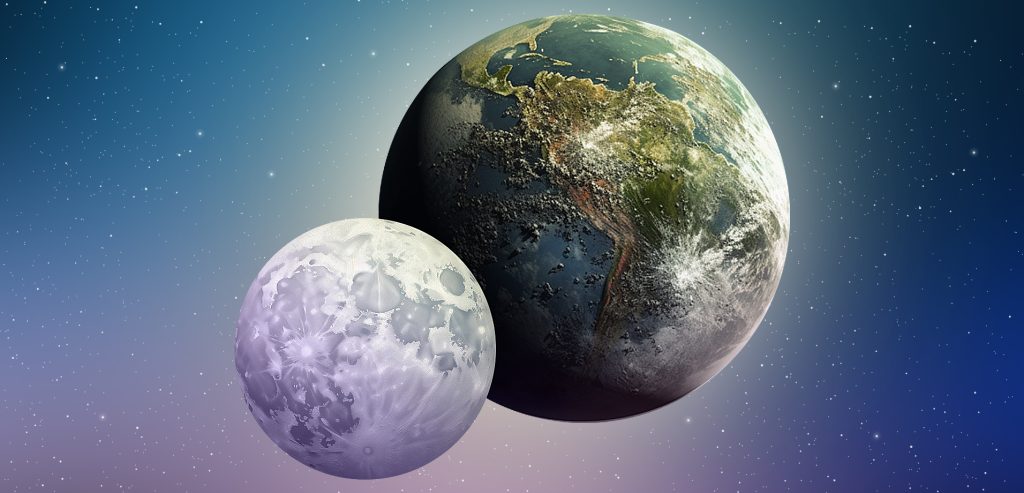
Yes and no. Scientists have found that the Moon gradually moves away from the Earth, but very slowly — about 3.8 centimetres per year. By the standards of the Universe, this is slower than a snail. The Moon is expected to continue drifting in this direction forever. In about 600 million years, it will already be orbiting so far away from us that humanity will lose one of its oldest cosmic attractions: total solar eclipses. The Moon will not be able to obscure the sunlight and cast its shadow on the Earth, but it will not disappear.
The satellite will remain anchored to the Earth, which, by that time, will become hot, dry and, most likely, lifeless. And a few billion years after that, the Sun will expand and engulf the inner part of the solar system.
Is the Moon necessary for life on Earth?
More than you can imagine. The Moon is an excellent source of information about our planet and the cosmos in general. The Moon helped us to discover:
- What the planet and the solar system looked like millennia ago. Due to tectonic activity, the Earth itself cannot tell us about it.
- The chemicals in lunar rocks have helped us figure out how much water came to Earth from asteroids and comets.
- Using the example of the gravitational attraction of the Moon and the Earth, we better understand the processes taking place in the solar system.
The Moon determines our life. Not as much as the Sun, of course. But the process of its formation undoubtedly influenced the composition of the Earth’s atmosphere, creating ideal conditions for the life of organisms. The influence did not stop there and continues up to this day, even though it is imperceptible at first glance. So, if the Moon disappeared, what would happen to Earth? We will feel its absence most acutely — and not only people but all living beings on the planet.
Can life develop without a Moon?
Although we love to walk in the light of the full Moon, we will do just fine if it suddenly disappears. But the other inhabitants of the planet will not. A mass of moths and other insects use the light of the Moon and stars to navigate in the dark. Without moonlight, nocturnal animals will not be able to get food and will perish. Newborn turtles find their way to the ocean thanks to the light from the Moon, and if it disappears, they will not reach the right habitat.
Naturally, the extinction of certain species would lead to disturbances in food chains. This, in turn, would lead to a failure in the ecosystem and to changes in people’s lives.
What would happen to the tides if the Moon disappeared?
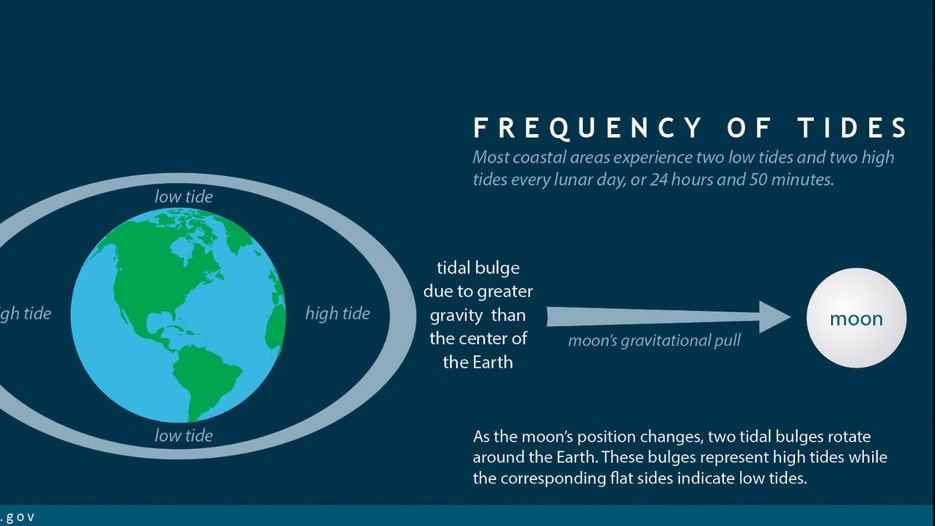
The Earth and the Moon are attracted to each other by the force of gravity. Because of it, the levels rise and fall in the planet’s bodies of water. The ebbs and flows are especially noticeable in the seas and oceans, but in fact, they occur in all so-called water containers, including our vessels.
If the Moon disappeared what would happen to the tide? Without the Moon, the tides would still happen, but they would diminish by a third. Is it good? Not really. The tides help marine animals move around. Many marine species, such as crabs and starfish, rely on high tides. Tides help them in obtaining food and in reproduction.
Tides also affect human life. We use them for fishing, moving boats, mining salt, and generating electricity through tidal power plants. Knowledge of the tides helps us develop the tourism sector, build beaches, and create active marine recreation areas.
The development of ocean currents depends on the Earth’s tides. Differently heated or cooled water passing through high/low tide affects the weather, since the combination of cold and hot sprays in the air affects atmospheric pressure. What would happen if we suddenly had no Moon? The tides would be lower, and that would change the weather as well.
What would happen to gravity if the Moon disappeared?

The Moon’s attraction to the Earth holds our planet in place and helps it maintain its axial tilt at around 23.5 degrees. And we know that under this tilt of the Earth, we enjoy the usual changes of seasons and a choice of climate zones.
Should the Moon disappear, the tilt of the Earth’s axis would change. Scientists suggest that it would increase dramatically, perhaps by 10–45 degrees. Accordingly, the seasons and climate will change. The stronger the angle of the axial inclination, the more changes the seasons will undergo due to the Sun’s rays hitting only certain parts of the Earth. Our planet may even experience an ice age. What would happen if a large piece of the Moon disappeared? The angle of the axial inclination would still change.
Would we age faster without the Moon?
Before the appearance of the Moon, the Earth rotated around its axis in 4 hours. The pull of the Moon increases the length of the day by 2 milliseconds every 100 years. It is imperceptible to us, but thanks to this slowdown and billions of years, our day now lasts 24 hours. If the Moon disappeared, the Earth would spin faster, and the Sun would rise more often. It is unclear whether we would grow old faster, but the figure indicating our age would be many times larger if our satellite disappeared.
Human Intervention in the Life of the Moon
The Universe has created ideal conditions for life on Earth. Intervention in the harmonious coexistence of the Moon and the Earth could make this balance disappear, leading to dramatic changes.
Destructive thoughts
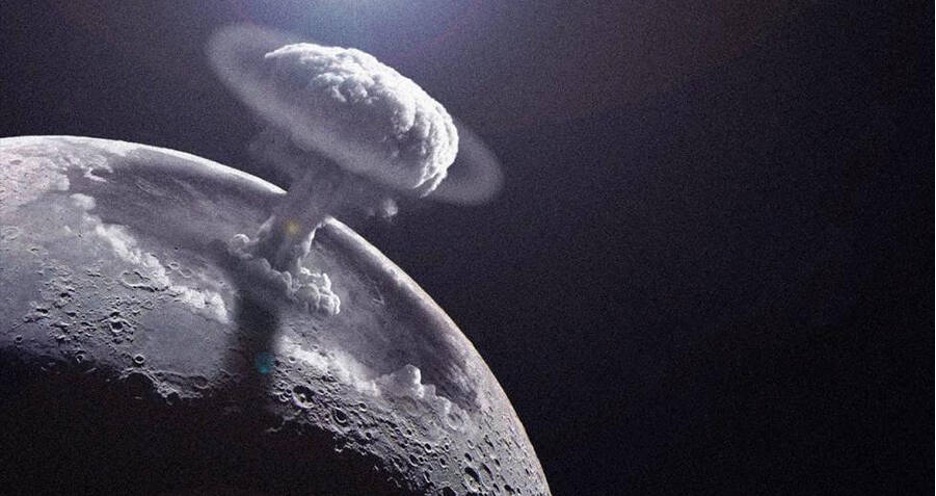
In 1958, at the height of the Cold War, the US Air Force was working on the idea of creating the A119 project and the Soviet Union — on the E-3 project; the essence of both was to detonate nuclear bombs on the Moon’s surface. The goals of these projects were similar, too. They would demonstrate superiority over a rival, act as a deterrent, help study nuclear explosions in different environments and their consequences for the Moon, which eventually could help unravel some mysteries of planetary astrology.
What would happen if there was no Moon, or would it be damaged? Experiments with explosions could lead to unfortunate consequences for life on Earth. First, there was a danger of an explosion while still on Earth when launching a rocket; second, the explosion of a nuclear bomb on the Moon would lead to radioactive fallout, which would complicate or even make further lunar projects impossible, thus preventing satellite colonization. It is very fortunate that scientists and governments of both countries weighed all the risks and abandoned this idea.
In harmony with the Moon
Now that they know enough about the Moon, scientists want to use it for the benefit of mankind rather than think about what would happen to the Earth if the Moon suddenly disappeared and how to avoid this potential threat. NASA is resuming the exploration of the Moon after a 50-year break in order to create a permanent base on the satellite’s surface, obtain new information, and use the Moon as a launch pad for travel to other planets.
The Artemis project successfully started in 2022 with the launch of an unmanned mission to lunar orbit. Manned flights and landings on the Moon are to follow soon. Using the Moon for exploration, rather than militarization, would not put the Moon in danger of disappearing, which, in turn, means that the Earth would face one less threat.
Final thoughts
So — what would happen if the Moon disappeared? It looks bleak. Fortunately, our satellite is in order and should not disappear any time soon.
![Beauty of the Pink Moon And Lyrid Meteor Shower in This Week’s Best Astrophotos [19-26 April] Beauty of the Pink Moon And Lyrid Meteor Shower in This Week’s Best Astrophotos [19-26 April]](https://orbitaltoday.com/wp-content/uploads/2024/04/Pink-Moon-is-on-its-way-above-the-mountains-1-300x300.jpg)

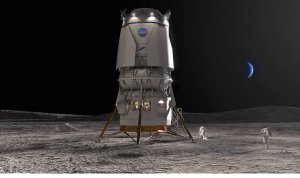



Thank you for your comment! It will be visible on the site after moderation.